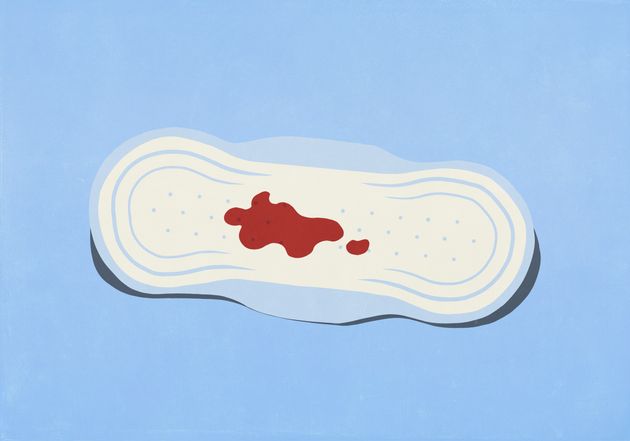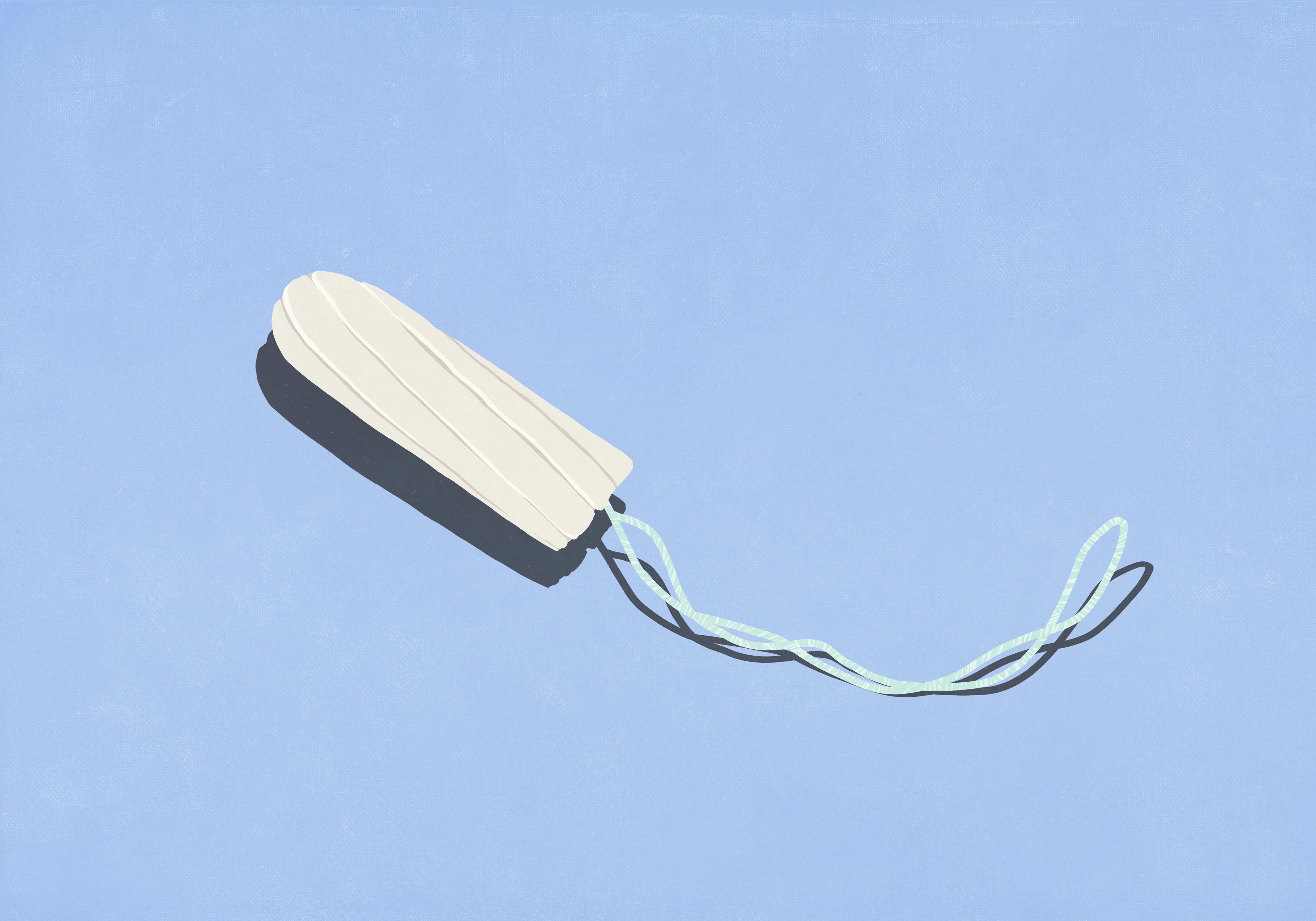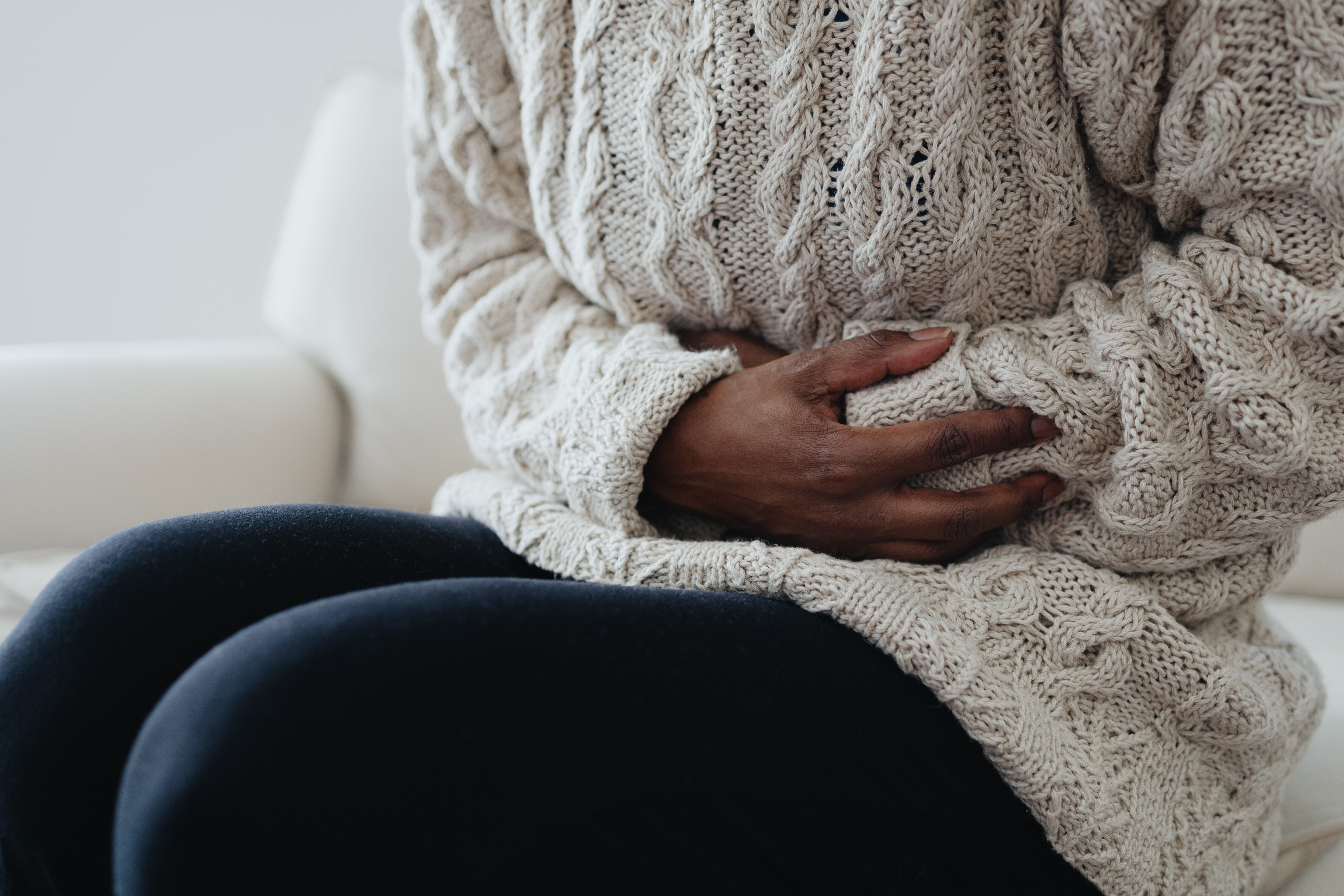
If you have periods, especially heavy periods, you might need to sit down for this one.
So, when you think of an advertisement for period products like sanitary towels, tampons, etc, do you think of the blue liquid that they use to convey the absorbency of these products? Yeah, same. Now, do you think they did this because they can’t show menstrual blood on TV? Yeah, same.
Well, it turns out that actually, the first time human blood was ever used to test the absorbency of menstrual products was, er, earlier this month. I know, I’m screaming internally too.
Until now, researchers have used saline water or even just water to test the efficacy of period products which means people may not have an entirely accurate idea of whether their periods are heavy or not.
This is because menstrual blood contains not only blood cells but secretions and tissues from endometrial lining ― unlike water or its saline counterpart.
What this means for the future of gynaecological care
So, the study conducted by researchers at Oregon Health & Science University, Portland, Oregon, USA, explored a range of menstrual products including tampons, pads, menstrual cups, period underwear and menstrual discs to test their capacity using ACTUAL BLOOD.
Once they’d conducted this research, they measured the volume of blood necessary for saturation or filling of the product was recorded.
What they found was that, actually, menstrual discs are the most absorbent of the period products that they tried. No, I hadn’t heard of them either!
The researchers concluded that, “This emphasises the importance of asking individuals about the type of menstrual products they use and how they use them.
Further understanding of capacity of newer menstrual products can help clinicians better quantify menstrual blood loss, identify individuals who may benefit from additional evaluation, and monitor treatment.”
Additionally, Dr Paul Blumenthal, an Emeritus professor of obstetrics and gynaecology at Stanford University said, “Having data-driven estimates of menstrual product capacity was all the more important when you consider that menstruators carry the financial burden of accessing and purchasing menstrual products, pain control modalities, laundry and other menstrual hygiene items”
Hopefully, this will help to improve treatments for menstrual conditions over the coming years.


